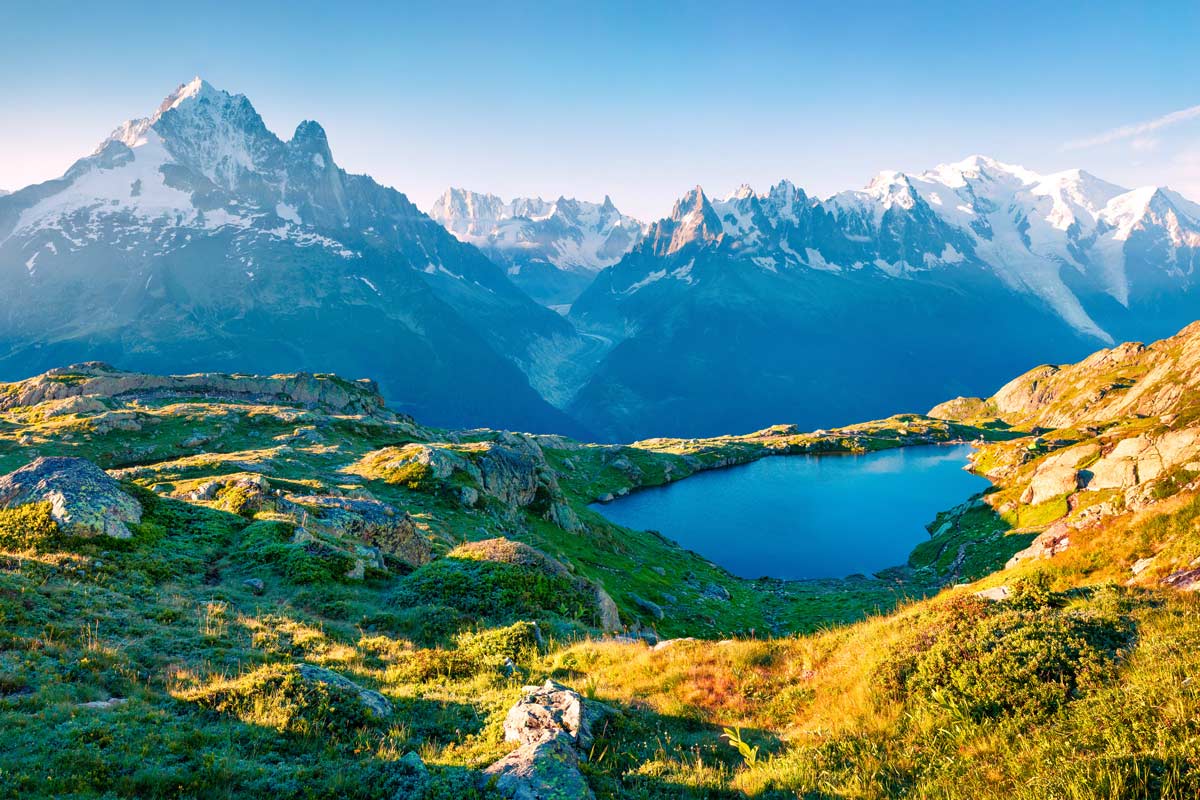During May’s UIAA spring meetings in Leeds, a special workshop was held to discuss several different access case studies from around the world. Over the coming weeks, the UIAA will share a number of these compelling stories.
Following on from a case study about the Piedra Parada rock formation and nearby canyon in the Chabut province of Argentina, comes the developing situation on Mont Blanc, one of the most iconic mountains in the Alps. The subject was presented by Jean Mizcka, UIAA Management Committee member and Vice President of Fédération française des clubs alpins et de montagne (FFCAM).
Over the past decade, Mont Blanc has been subject to significant overcrowding and numerous reports of uncivil behaviour. In the summer of 2018, and not for the first time, French authorities decided to placed temporary access restrictions on the mountain. This was in reaction to the increase in waste being left behind, a rise in the deployment of rescue services to come to the aid of ill-prepared visitors, overcrowding of the huts; and the fact that Vallot FFCAM hut – strictly reserved for emergency purposes – was being used as accommodation. To compound matters, sometimes this service was sold by rogue travel operators.
In 2019. stakeholders – including FFCAM, mountain guide associations and local authorities – came together to draft a solution, that was implemented in 2020. Measures included: a restriction on setting up bivouac camps except in a defined area near the Tête Rousse hut; if climbing the normal route making it mandatory to book staying in the Goûter Hut (the highest accommodation hut on Mont Blanc) or Tête Rousse hut ; or signing a sworn declaration to complete the climb in one day. Further regulations stated the need to bring proper equipment which would be monitored by a « White Brigade ».
Parallel to the overcrowding and increase in unprepared people visiting the mountain, was the increase in threats posed by climate change. This further intensified tensions among stakeholders. Significant media attention covered the risk of avalanches or a glacier collapse. Studies addressed the most dangerous times of the day to climb and specifically when to best traverse the Goûter ridge (Grand couloir du Goûter).
This led to a different set of tensions, between those concerned about a threat to free access to mountaineering culture of risk and those wanting to see more stringent restrictions. A statement was released on the subject last summer. As a consequence some guides pulled out, huts closed and debates raged.
The situation remains delicate. A balancing act is needed to consider the environmental factors, the rise in accidents, safety aspects, role of rescue services and arguments about preserving the guiding principles of free access and an individual’s own risk management. What has been proved so far is that without collaboration between the different stakeholders, without constructive dialogue and maintaining strong relationships this will not be possible. The situation on Mont Blanc is to be followed carefully.



